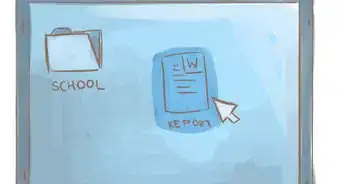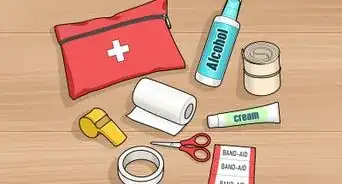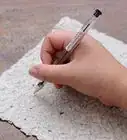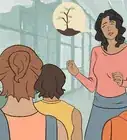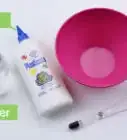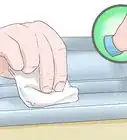X
wikiHow is a “wiki,” similar to Wikipedia, which means that many of our articles are co-written by multiple authors. To create this article, 44 people, some anonymous, worked to edit and improve it over time.
This article has been viewed 160,125 times.
Learn more...
While paper is biodegradable and its production requires continuous planting of trees, it still can negatively affect energy use and landfill space. Saving paper in school is a good way to help save the environment. If you can ignite the passion of your fellow students and garner the support of teachers and staff, you can make a real impact in reducing waste and saving natural resources. Here are some paper-saving ideas for the green student.
Steps
Method 1
Method 1 of 3:
Making the Most of Computers/Printers/Copiers
-
1Use computers whenever possible. Submit your papers and other homework via email. If you have laptop then use it.[1]
-
2Ask instructors to create a blog or website. Instructors can put all assignments, lecture notes and handouts online using a blog or website to which all students have access. They can also set up a dropbox or other collection tool to which students can submit papers and homework.[2]Advertisement
-
3Tell your school about free paper-saving software. You can download software that will help save paper by removing wasteful content when printing from the Web and reformatting documents to print more efficiently. Well-reviewed ones include FinePrint, PrintEco, & Printfriendly.
-
4Make two-sided copies. Adjust your copier's settings so that the machine prints on both sides of the paper when you're making copies of multi-page documents.
-
5Re-use printer paper. Align discarded printer paper so all the blank sides are facing one direction, 3-hole punch it and send it through the printer again for a second use.[3]
Advertisement
Method 2
Method 2 of 3:
Being Smarter About Paper
-
1Ask for donations. Local businesses often have reams of unused paper goods that might include outdated letterhead, envelopes of the wrong size and old signs. Ask companies in your neighborhood or your parents' places of business to donate these paper goods to your school. (In many cases, it's tax-deductible!)
-
2Ask your school to buy recycled or alternative paper products. Besides being better for the environment, recycled paper products can be less expensive, too. You can also find products made from non-tree sources such as hemp, bamboo, banana, kenaf and crushed stone.
-
3Advocate for page-flipping catalogs. Ask your administration to forgo product catalogs and purchase supplies from companies that have websites or page-flipping catalogs and online ordering. Encourage your school to eliminate paper promotional materials and put all newsletters and catalogs online themselves.
-
4Use notebooks and tablets wisely. You can purchase notebooks made from recycled paper. Once you do, go a few steps further in your paper-saving efforts and use both sides of the paper. Write smaller (but still large enough for you to read what you've written) and avoid leaving a lot of white space on the page.
- Don't do silly things with paper such as passing notes, making airplanes or spitballs or throwing it at your classmates' heads. These activities are both paper-wasting and trouble-making.
-
5Request individual white boards. Rather than work out math equations or create brainstorm lists or do other in-class activities on paper, students could use small white boards with ultra low-odor dry-erase markers. Some marker brands are even made from recycled materials and are refillable, too.
-
6Think outside the classroom. Paper products are used in the kitchen, cafeteria and restrooms at school, so strategies for reducing paper waste should take these areas into account as well.[4]
- Be sure your school is buying napkins, paper towels and bathroom tissue made from recycled paper.
- Lobby for hand dryers instead of paper towels.
- Post reminder "These Come From Trees" stickers on napkin and paper towel dispensers to help remind people to reduce unnecessary use.
Advertisement
Method 3
Method 3 of 3:
Creating a Recycling Program
-
1Get across-the-board involvement. A successful recycling program depends on the support of students, teachers, staff, administrators and custodians. Form a committee that's made up of individuals from each of these populations to develop a program that takes into account everyone's needs and addresses everyone's concerns.
- Designate one person as the representative for each group so that they can explain the need for recycling to their peers and ask for their support. They can also help communicate program developments and changes and be the "point person" for questions that arise.
-
2Determine paper pickup. In some cities, paper recycling is the law and collected paper will be picked up on scheduled trash days. In other locations, you'll need to find a drop-off point or pick-up service to take your paper. The website Earth911 has a search feature that allows you find recycling services in your area. You can also search online to find a local materials recovery center or recycling drop-off center and see if they'll accept your paper.
- If you can't find a drop-off center for your paper, you may have to explore paying for a pick-up service to haul it away. Research costs associated with this to be sure if will ultimately benefit your school.
-
3Set guidelines for acceptable paper. Depending on how and where you'll dispose of your recycled paper, you may have to limit or separate what you collect. Some collection locations will accept "single stream," meaning a variety of paper grades mixed in one collection box, or they'll want "sorted stream" drop-offs, meaning you'll need to separate papers by grades (there are five basic paper grade types.) Certain types may not be accepted at all. Find out what and how your collection agency takes and structure your program accordingly.[5]
- Old corrugated containers. Also known as “corrugated cardboard,” this kind of paper is typically found in boxes and product packaging.
- Mixed paper. This broad category includes things like mail, catalogs, phone books and magazines.
- Old newspapers. The name of this category says it all.
- High grade de-inked paper. Your school will undoubtedly have the most of this kind of paper, which includes things such as envelopes, copy paper and letterhead.
- Pulp substitutes. This paper is usually discarded scraps from mills, so it's unlikely you'll have to worry about it, although there's always a chance that it could be a part of paper products your school buys.
-
4Secure collection boxes. See if your local recycling center can provide you with collection boxes; otherwise, purchase some plastic tubs to serve the purpose. Keep them all the same color and/or clearly mark them as paper collection boxes so that no one accidentally puts garbage in them.
- If you must sort your paper, use labels or images of the kinds of paper that should be deposited into each different box.
-
5Provide education. Not only do you need everyone on board for your program to be a success, but everyone should be well informed and clear as to how the program works. Consider asking environmental science or social studies instructors to devote a class period to discussing the guidelines of the recycling program. Or plan to have educational assemblies for explaining the program, including information about what kind(s) of paper is being accepted and the location of the collection bins.[6]
- Create a reference card with information about the program to distribute to everyone in the school. Or, to save paper, create a web site or page on your school's site where everyone can reference program guidelines.
-
6Chose a central location for paper storage. You'll need a place where you can store the collected paper between recycling drop offs or pick ups. The copy machine room may be a good choice or perhaps a section of a large storage closet.
- Put safety first and do not allow large piles of paper to block exits or be stored near flammable chemicals. Check with your local code enforcement office to make certain you're in compliance with all applicable building and fire codes.
-
7Keep enthusiasm high. Once your recycling program is off the ground, keep people excited about it by reporting on it's progress and recycling and savings goals you meet.
- Make weekly or monthly announcements over the PA system or via your school's closed circuit television of the amount of paper that's been recycled to date. Remind everyone of the importance of maintaining the program and use the opportunity to clarify any confusion and address any questions or concerns that have been raised.
- Plan field trips to your local recycling center or invite guest speakers to come to your school to discuss the value of a recycling program and its positive financial and environmental impact.
-
8Work around obstacles. If your school is reluctant to establish a recycling program, ask if you can conduct a simple paper waste audit to find out what is being thrown out and from where. Once you can show your school the amount of waste paper being generated and thrown out, those in charge may be more motivated to adopt recycling.
Advertisement
Community Q&A
-
QuestionWhy should we try to save paper?
 Community AnswerPaper should be saved because paper comes from trees, and we are losing ecosystems and trees daily.
Community AnswerPaper should be saved because paper comes from trees, and we are losing ecosystems and trees daily. -
QuestionHow much paper does a K-12 school use?
 Community AnswerIt would depend on the size of the school, its events, and how many efforts to go paperless have been applied by school administration. A 2011 report estimated that a student uses, on average, 833 sheets of paper per year.
Community AnswerIt would depend on the size of the school, its events, and how many efforts to go paperless have been applied by school administration. A 2011 report estimated that a student uses, on average, 833 sheets of paper per year. -
QuestionBut doesn't printing labels use paper, too? How can we call that saving paper?
 Fizzy HacksCommunity AnswerLabels use paper, but you can justify using them if their purpose is to reduce future use of paper in excess or if it makes things easier and clearer for everyone so they don't make waste as a result.
Fizzy HacksCommunity AnswerLabels use paper, but you can justify using them if their purpose is to reduce future use of paper in excess or if it makes things easier and clearer for everyone so they don't make waste as a result.
Advertisement
References
- ↑ https://nerc.org/documents/schools/PaperUseReductionInSchools.pdf
- ↑ https://green.uw.edu/paper-reduction
- ↑ https://nerc.org/documents/schools/PaperUseReductionInSchools.pdf
- ↑ https://www.pca.state.mn.us/creating-less-trash-school
- ↑ https://nepis.epa.gov/Exe/ZyPDF.cgi/600009UZ.PDF?Dockey=600009UZ.PDF
- ↑ https://nepis.epa.gov/Exe/ZyPDF.cgi/600009UZ.PDF?Dockey=600009UZ.PDF
- http://www.dec.ny.gov/docs/materials_minerals_pdf/school.pdf
- http://earth911.com/news/2013/03/19/paper-recycling-details-basics/
About This Article
Advertisement


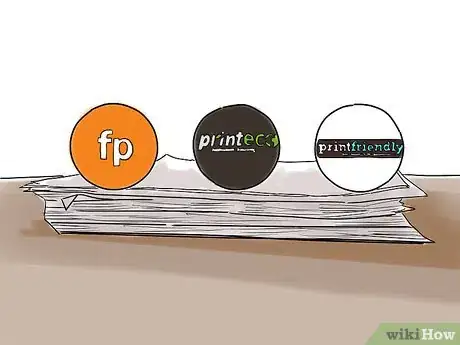

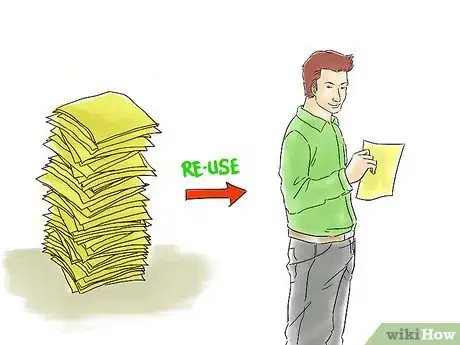
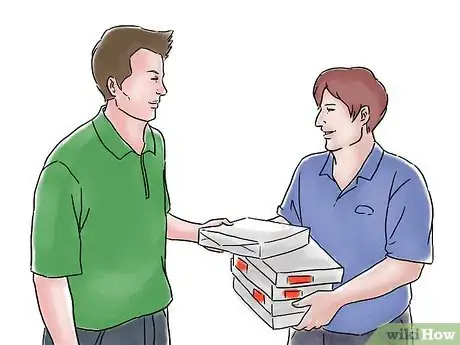


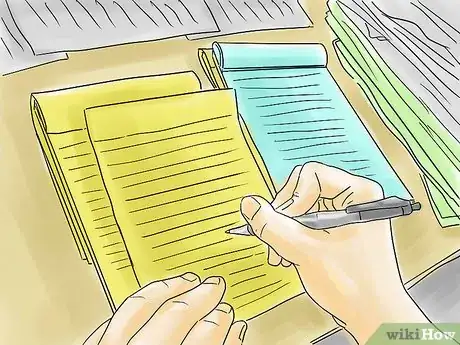
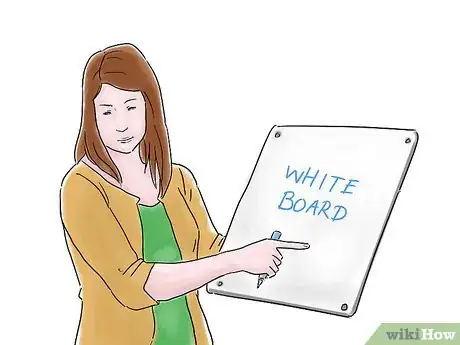
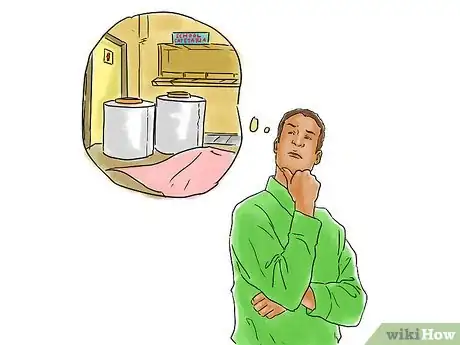

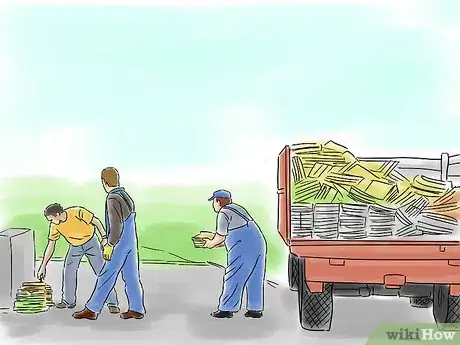

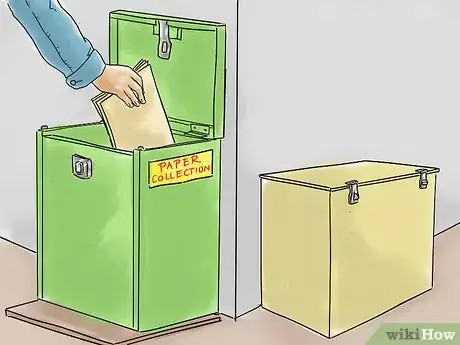
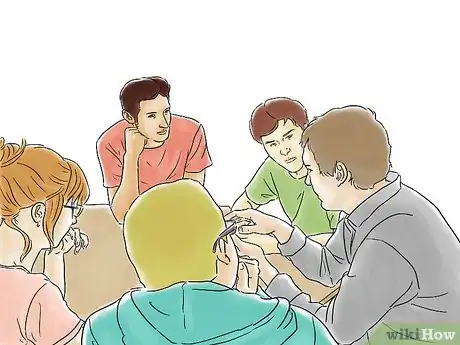
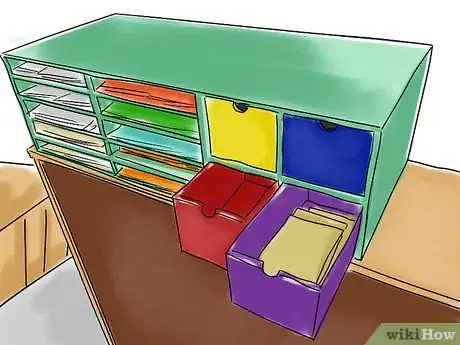


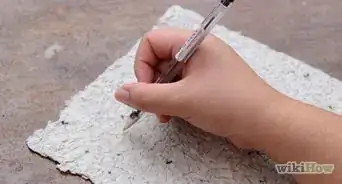

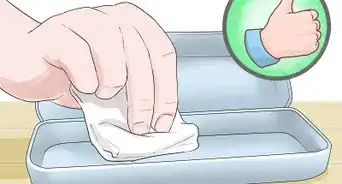
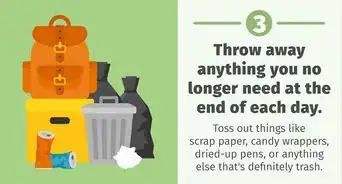
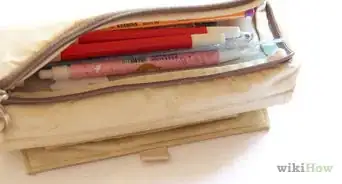
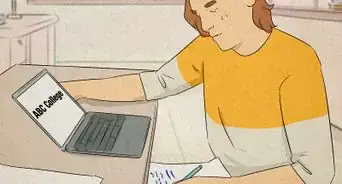
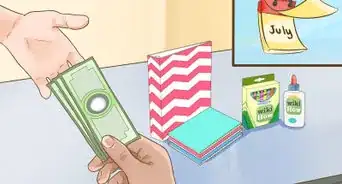
-Step-26-Version-2.webp)
